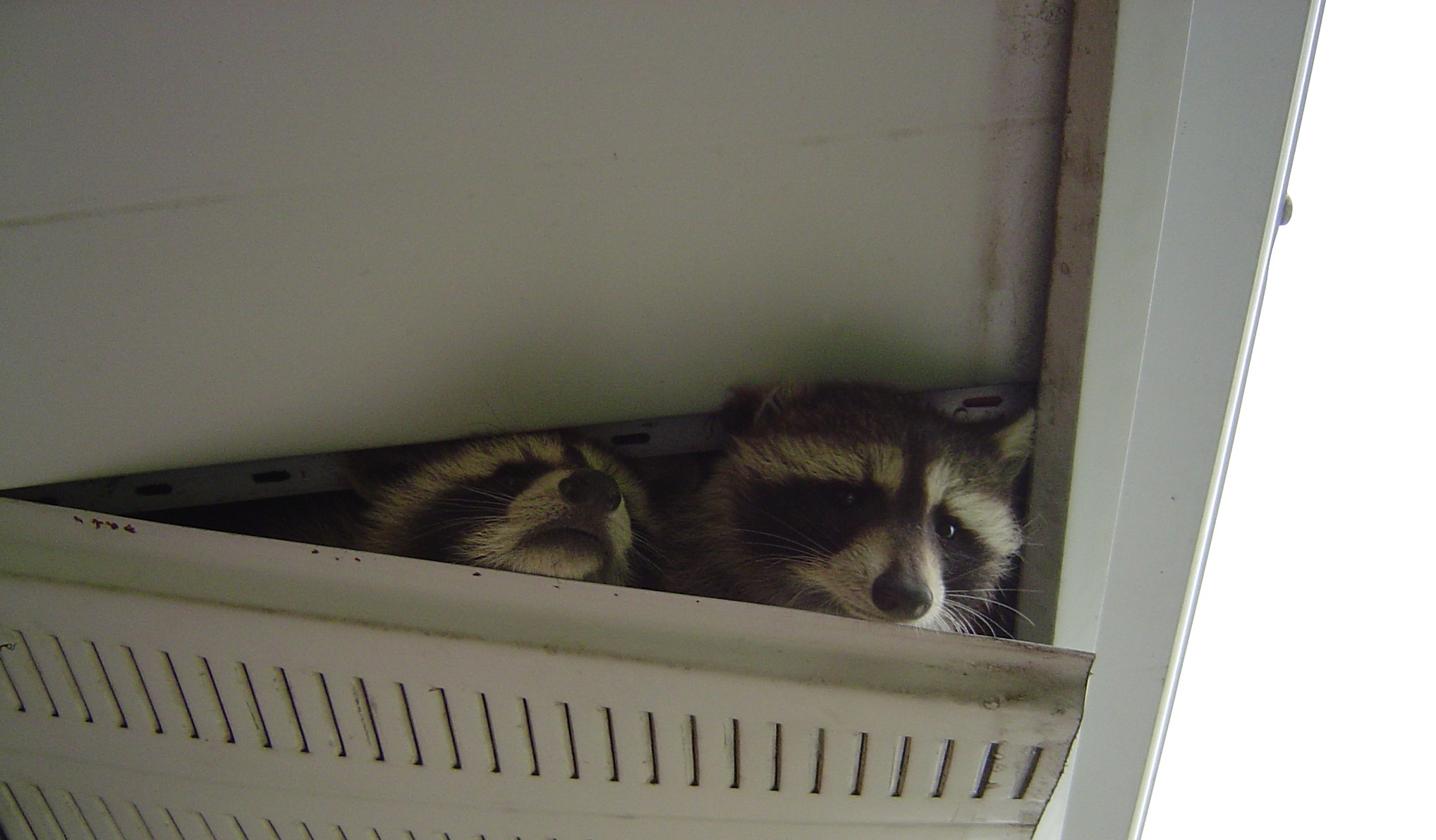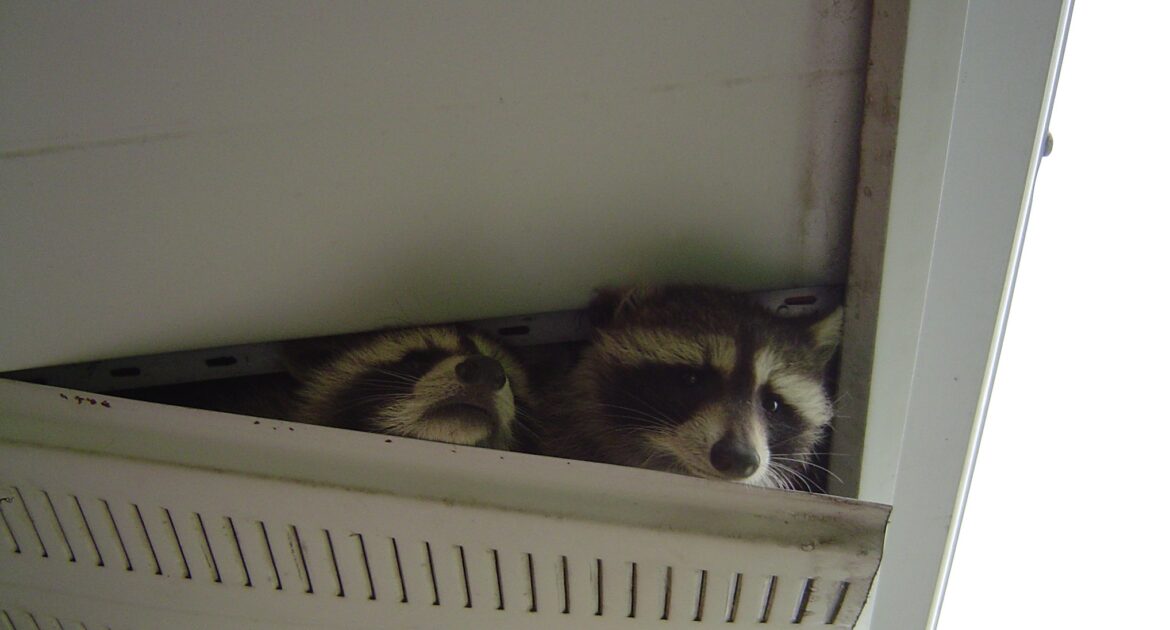Before you start looking for advice on how to get rid of raccoons in the attic, consider that the DIY techniques you learn that way are typically ineffective. They may work for a while, but raccoons are very intelligent and they adapt quickly to new situations. DIY solutions are also dangerous. Raccoons can carry rabies, and if you try to handle them, they may bite or scratch you. Find out why the following DIY methods are ineffective.
1. Cutting Down Trees
While it may help to prune trees that are close to your home to make it harder for raccoons to get from the branches to your roof, cutting down the trees is a drastic measure that is unlikely to be effective. A healthy tree offers many benefits to your property: absorbing carbon dioxide, cooling your home and adding to your property’s beauty. Furthermore, raccoons are very capable climbers, and if their usual route for reaching your roof is unavailable, they will simply find another way, such as climbing up a downspout.
2. Trapping and Relocating
It may seem humane to trap the animal in a live trap, drive with it far away, and release it back into the wild. Unfortunately, if you release a wild animal, even one as clever and resourceful as a raccoon, into an unfamiliar environment, it is unlikely to survive. Trapping a raccoon and then loading it, in its trap, into your vehicle brings you into close proximity to it, and if you aren’t careful, the raccoon could bite or scratch you, putting you at risk for infection with rabies or other diseases. Furthermore, even if you get rid of one raccoon, others may make their way in.
3. Sealing the Entry Point
Another method that seems humane because it does not involve directly harming the animal is waiting until it leaves to forage for food and then sealing up the entry point behind it so it cannot get back in. This might work if you only have one raccoon. However, when a raccoon makes a den in a home, it is usually a mother seeking a place to give birth and raise her babies. If you seal up the entry point after she leaves, you could be trapping the babies inside, which cannot survive without their mother.
Raccoon mothers are devoted to their kits. Unless you seal up the entry very sturdily, they will likely get back in. Even if the raccoon mother cannot get back in, she can cause extensive property damage with her teeth and dextrous claws trying to find a way. Before you can seal up an entry point, you have to make sure that there are no raccoons left in the house.
4. Calling It Good Once the Raccoons Are Out
Removing the raccoons is only the first step. You then have to clean up the area where they have been living in your home. The mother raccoon may have destroyed insulation to use for bedding to keep the babies warm. Mother and babies alike may have soiled the area with urine and feces. These may contain disease-causing microorganisms, meaning that you have to clean them up, but you have to take precautions while doing so to avoid exposure to harmful pathogens.
Skedaddle Is the Answer to How To Get Rid of Raccoons in the Attic
We offer comprehensive wildlife removal in Barrie. We remove adults and babies from the home safely. We do not relocate them to an entirely new area, but we take them outside so they can be reunited and the mother raccoon can take her babies to a new den. Once we have confirmed that all the raccoons are out, we seal up the entry so they can’t get back in, and we clean and decontaminate where they have been. Find out more about the services we offer in Barrie.




